May 23, 2025
Author:Sam Wonder
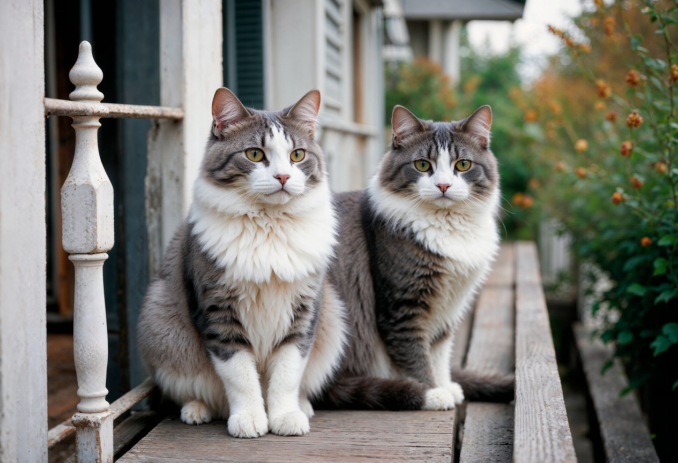
The Norwegian Forest Cat looks like it stepped out of a storybook—with a thick coat, strong body, and calm presence. If you want to bring a Norwegian Forest Cat into your home, raise one, or simply admire its large build, it’s helpful to understand the Norwegian Forest Cat size.
These cats lived with the Vikings and learned to survive cold winters in forests and mountains. Their big size isn’t just for looks—it helped them stay warm and strong. In this guide, we’ll compare their size to other breeds, explain how they grow, describe their body features, and share care tips. By the end, you’ll understand what makes this breed special and how to keep your cat healthy and happy.
The Norwegian Forest Cat has ancient roots. Legend says Vikings brought long-haired cats to Norway around A.D. 1000 to control rodents on ships. Over centuries, these cats evolved naturally, developing a thick, water-resistant coat and strong muscles to withstand Scandinavian winters. They roamed forests and fjords, hunting and climbing trees with ease. In Norway, the breed earned the affectionate nickname ‘Wegie,’ reflecting its deep cultural significance. If you’re curious about this lineage, check our breed profile for more on its heritage.
NFCs have a powerful body and are covered by two layers of hair—long guard hairs on top and an undercoat underneath to keep them warm. Their round heads, thin almond-shaped eyes and dapper ears create an and friendly look for them. A solid bone structure and powerful limbs clearly show the size of the norwegian forest cat. Despite how strong they look, they are still agile on trees and love to hunt. If your pet has thick fur, it’ll also shed a lot; use our guide on managing shedding to help.
● Males: 12–20 pounds
● Females: 8–18 pounds
Several factors affect weight: genetics, diet, and whether the cat is neutered or spayed. Spayed cats often carry a bit more weight, but careful portion control prevents obesity. Monitoring weight keeps your NFC within a healthy norwegian forest cat size range.
● Height: 9–12 inches at the shoulder
● Body Length: 12–18 inches (excluding tail)
● Total Length (with tail): Up to 36 inches
Males tend to be slightly taller and longer than females. Their bushy tails add to the impression of size, making the norwegian forest cat size appear even grander.
Norwegian Forest Cats mature slowly. They can take up to five years to reach full size. Early growth spurts occur in the first two years, with the final year bringing the most dramatic changes in height and muscle mass. Refer to our weight chart by age to track your NFC’s progress against breed standards.
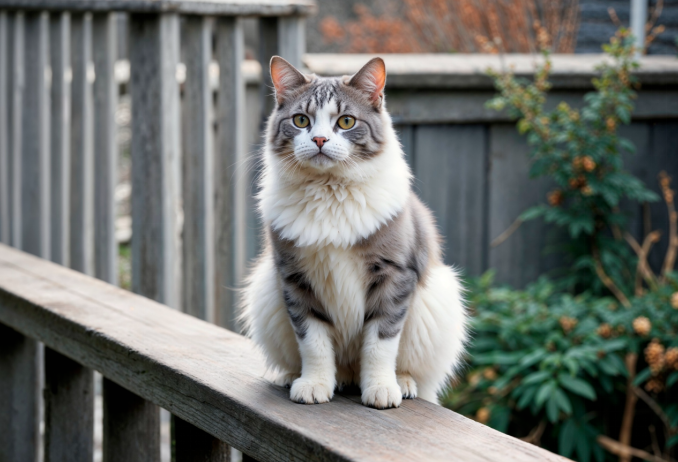
The typical house cat weighs 6–12 pounds, stands 9–10 inches tall, and measures 15–20 inches long. By contrast, the NFC’s solid build and thick coat push the norwegian forest cat size well above average in both weight and length. Their extra muscles and fur make them look larger, even if bone measurements are similar.
The Maine Coon, another large breed, tips the scale at 13–25 pounds. While Maine Coons may edge out NFCs in raw weight, the NFC’s triangular head and longer hind legs create a distinct silhouette. For a closer look at the big, friendly Maine Coon, explore the Maine Coon traits article.
Siberians weigh 8–17 pounds and share a similar double coat. Yet the NFC often grows a bit larger, with a more angular face and longer tail. Both breeds handle cold weather well, but if sheer norwegian forest cat size matters, the NFC usually takes the lead.
Ragdolls match NFCs in weight—males 12–20 pounds, females 8–15 pounds—but exhibit a floppy, relaxed posture when held. The NFC maintains an athletic, stance. Although sizes overlap, the two breeds feel quite different in hand and in motion.
Picture the NFC’s long legs, high shoulders, and flowing ruff around the neck. These features contribute to an imposing presence without adding bulk. Their dense coat can make them look fluffier, so always check measurements rather than relying on visual estimates of norwegian forest cat size.
The genetic makeup shapes ultimate size. Pedigrees mixing in shorter-haired or smaller cats may yield smaller offspring. Purebred NFCs, bred for size and coat quality, tend to reach the upper edges of the norwegian forest cat size spectrum.
A high-protein, grain-free diet supports muscle growth and healthy weight. Avoid overfeeding; obesity can lead to heart and joint issues. Compare options in our food choice guide and learn how diet affects the planet in environmental impact.
Sterilized cats often grow up to 10% larger than intact ones due to hormonal changes. Neutering offers health benefits, including reduced risk of certain cancers. For more on this topic, see castration benefits. Whether intact or altered, aim to keep your NFC within safe norwegian forest cat size limits.
The outer guard hairs shed water and protect against wind, while the woolly undercoat traps heat. Seasonal shedding can make the coat look thinner in summer and fuller in winter. To prevent mats, follow our fur removal tips.
NFCs have sturdy bone structures and powerful hindquarters for climbing. Their tufted paws act like snowshoes on icy ground. These traits helped them survive Viking winters and define the norwegian forest cat size that breeders admire today.
Large breeds can face cardiomyopathy, hip dysplasia, and kidney problems. Though rare, genetic conditions like glycogen storage disease type IV exist. Keep an eye on urinary health and learn how to protect their kidneys in our kidney care guide.
Overweight cats risk heart strain and joint pain. Use portion control, timed feeders, and regular play sessions to maintain ideal norwegian forest cat size. Find solutions to overeating in smart feeding and tips on preventing obesity in obesity guide.
Weekly brushing prevents mats and reduces shedding. Increase grooming frequency during heavy shed seasons. For techniques and tool reviews, check out our grooming vacuum review.
NFCs love to climb and jump. Tall cat trees, sturdy scratching posts, and interactive toys satisfy their athletic nature. If space is tight, install cat shelves to give them vertical territory.
Feed a high-protein formula rich in omega fatty acids to support coat health. Monitor calories to keep your NFC at an optimal norwegian forest cat size. Explore automatic feeder options in our automatic feeders guide.
Large cats need more room to roam. Ensure your home offers climbing spaces and secure high perches. If you have other pets or small children, look for breeds known to socialize well. Bigger cats can cost more in food, grooming supplies, and vet bills. Despite these factors, the NFC’s calm, friendly temperament makes it a rewarding companion for families ready to accommodate its impressive norwegian forest cat size.
The Norwegian Forest Cat stands out with its Viking heritage, rugged coat, and norwegian forest cat size that surpasses most domestic breeds. Key measurements—weight, height, and length—reflect adaptations to cold climates and a life spent climbing. Genetics, diet, and health management all shape its final adult proportions. If you understand what dogs in this breed require, you can make sure your NFC stays healthy and looks great. If you are thinking about adding a dog to your home, be ready for a giant breed with strength, good looks and a kind aura. Talk to other fans of big cats online and find countless others eager to welcome you to the community!
Label:
Popular Post
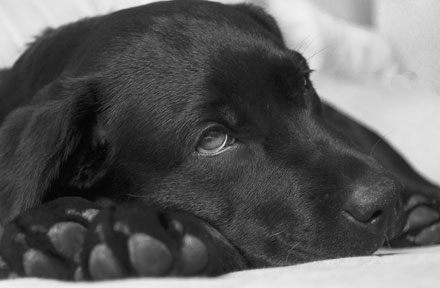
What to Feed a Sick Dog With No Appetite? [2025 Guide]
May 16, 2023
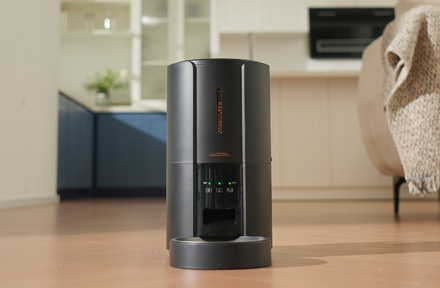
Troubleshooting Common Issues with Automatic Pet Feeders: Tips & Tricks for Pet Owners
Oct 26, 2023
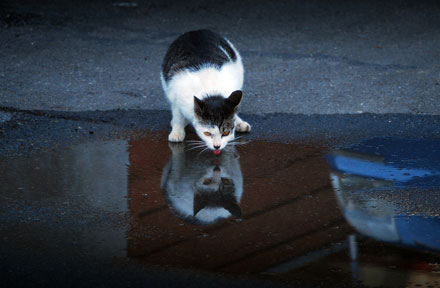
Why Does My Cat Cough After Drinking Water? 8 Potential Reasons
Mar 13, 2023
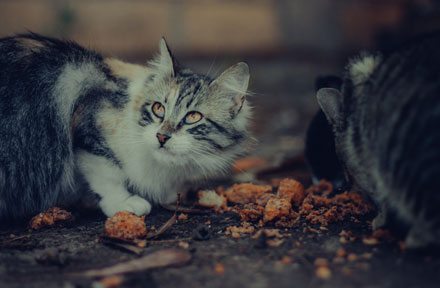
My Cat Only Eats A Little at A Time - What to Do?
Feb 27, 2023
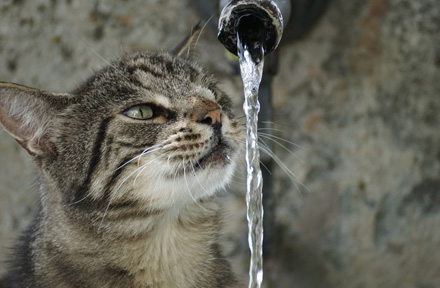
Why is My Cat Throwing up Water? Top 5 Causes Here
Feb 08, 2023
$99.99
$129.99
Copyright © 2025 WOPET. All Rights Reserved.